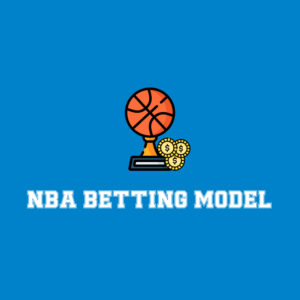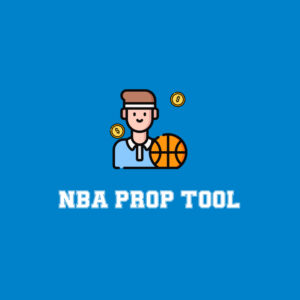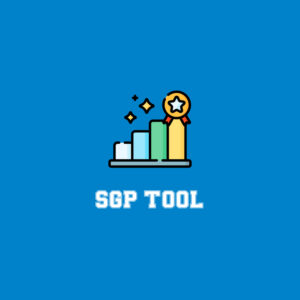
If you’re in the DFS space, you’ve been hearing about contest sims for a couple years now. But do you actually know what they are and how they work? You’ll be an expert after reading this article (even if this is the first you’re hearing of them). As complex as they are, they’re actually pretty simple conceptually.
What Do Contest Sims Do?
For years, we’ve been simulating each game tens of thousands of times. We know approximately how often each player will score 20 fantasy points, 25 fantasy points, etc. We know approximately how often he’ll finish as the high scorer at his position, in the top five at his position, or out of the top 10 at his position. This is powerful data, but it isn’t quite the full story. Instead of just simulating each game, contest sims simulate the entire DFS contest (hence the name) tens of thousands of times. By doing so, we unlock the ability to evaluate lineups as a whole, instead of just evaluating them as the sum of their individual parts.
Why Are Contest Sims So Effective?
Our human brains are limited. There are certain things that are somewhat easy for us to understand. For example, we don’t need a computer to tell us that Jayden Daniels and Terry McLaurin are positively correlated in a way that makes them a good stack pairing. However, what about Trey McBride and Marvin Harrison Jr.? If McBride is chalk, can we leverage him with Harrison, hoping Harrison steals the production? Or are the two actually positively correlated because the game environment that makes Harrison most likely to thrive is also the game environment where McBride is most likely to thrive? The contest sim will be able to answer this question for us.
Similarly, there are subtle correlations throughout a lineup related to who we’re not using that are hard for us to comprehend. For example, this past week I used a $5,300 Bucky Irving and a $4,300 Ameer Abdullah as my two RBs. When paying down at RB, was I telling a story with my lineup that meant I shouldn’t have played a running back in the flex (conceivably because two cheap RBs suggests no expensive RB has a huge day)? I don’t know the answer to that question, but the contest sims will. In fact, the contest sims will allow us to consistently ask and answer questions that we have about DFS and roster construction (but more on that in a bit).
How to Use the Contest Sims on FTN
If you’ve ever experimented with contest sims around the industry, you’ve probably noticed that they can be a pain to use. We were determined to design them in such a way that maximized ease of use, and our team of developers did just that. The contest sims are seamlessly ingrained in the optimizer. Using them is a three-step process:
- Generate lineups in the optimizer (as you already know how to do)
- Select your contest of interest (if we don’t have your contest, select the most similar contest by size and payout structure)
- Run sims!
Step 1 — Generate Lineups
Once you do so, your screen will look like this:

Step 2 — Select Your Contest
At the top right, you’ll select your contest of interest. In the test environment, I only have three options, so I’ll choose the $1500 SE Game-Changer, as it’s the closest to my favorite contest, the $200 SE Double Spy.
Step 3 — Run Sims!
Once you’ve selected your contest, hit the run sims button in the top right corner and you’ll get expected return on investment and Top 0.1% data for each lineup on the right, like so:

Remember how I said there are things the sims will understand that are hard for us to understand? Well, check out how different the expected ROIs can be even when the projected points in these Daniels double stacks are nearly identical. In fact, the first lineup pictured above projects about 4.5 points better than the seventh, but the seventh sims much better.
ROI is the most important point of feedback, where the higher the percentage, the better. Top 0.1% is how often the lineup finishes in the Top 0.1% of contests. Again, the higher the percentage the better. We are considering adding Top 1%, as well.
And of course, Cash% is how often the lineup cashes in the simulation. As you build chalkier lineups, you’ll notice that Cash% is typically unrelated to ROI as it’s all about finishing in the 1% or Top 0.1%, not min-cashing.
Improving Your DFS Play with the Contest Sims
Honestly, there’s a long list of ways you can use the sims to improve your DFS play, and to some degree, that will happen automatically the more you use them to generate and select lineups. But you can also use them as a training ground of sorts. For example, you can immediately use them to backtest the lineups you selected last week and see what you could have done better. I’ll use one of my own lineups as an example. This was my Jayden Daniels stack:

Pretty good! That’s a well-built lineup, but it could have been better. Given how expensive my stack was and the fact that I already had two expensive WRs, watch what happens when I unlock the Tyreek Hill and Jayden Reed spots and let the optimizer choose someone else:

Even better! So what is it picking up on that I missed, other than the fact that it wasn’t blinded by love for Tyreek Hill? Well, the lineup had no 49ers, including no Christian McCaffrey, whose projection and ceiling combo made him one of the best GPP Scores. Thus, leveraging him by using a different RB with an excellent GPP Score in Josh Jacobs paired with his defense against CMC’s 49ers made a ton of sense. Then, because the rest of the lineup was so contrarian, the over owned Courtland Sutton was a fine choice. Jacobs and Sutton combined for five TDs, and this lineup would have scored 207.1 DK points and taken down every contest I was in. Well shucks!
This is just one example of many. You can consistently ask and answer questions with the sims. Should Kyler Murray be single-stacked or double-stacked? Make a bunch of lineups with just one and a bunch with both and check how they sim! How viable are double-TE lineups? If going double-TE, should they both be cheap? Spoiler alert, the answer to that last one is yes.
Whether you’re an advanced DFS player refining your game or just being introduced to DFS, the contest sims will accelerate your learning curve and take your game to the next level.
Our Advantages
Last but not least, there are two things that give us a unique advantage with our sims product vs. the sims products already out there. The first is rostership.
Contest sims can only be as effective as their ability to predict the lineups the rest of the field will use. And if you can’t reliably project rostership, you have zero chance of predicting lineups. We don’t just have the most accurate rostership in the industry, we have the most accurate by a wide margin and consistently anticipate where the field is the most wrong. For example, the industry had Jayden Daniels projected around 14% this past week, second highest among QBs. We had him projected for 5.6%, sixth most. He was between 3% and 8% in all of my contests.
Second, we also have a projection advantage — our data. The rest of the industry’s projections all look alike because they’re all using the same data. Our DVOA-Adjusted Fantasy Points Against Data and near-infinite data points in StatsHub give us unique insights into the individual matchup for each player and how it fits their skill set. We haven’t tested our projection accuracy as rigorously as our rostership accuracy, but I do believe we’re the most accurate there, as well. And there’s an inherent advantage simply to being different, too.
Combine those advantages with the ease of use, and we’re confident that you’ll find our sims product to be the best in the industry, regardless of your established DFS prowess.

































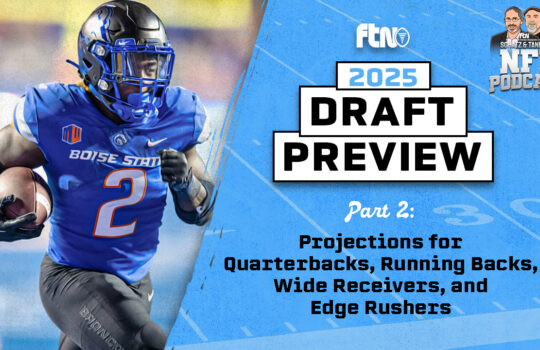

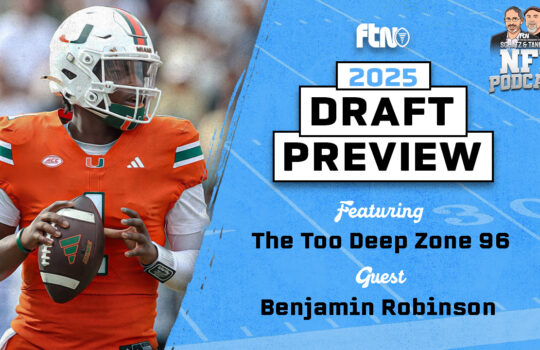









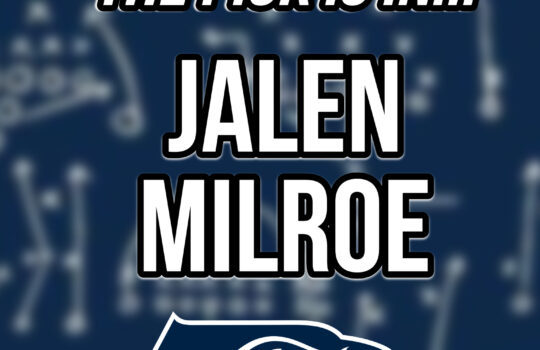

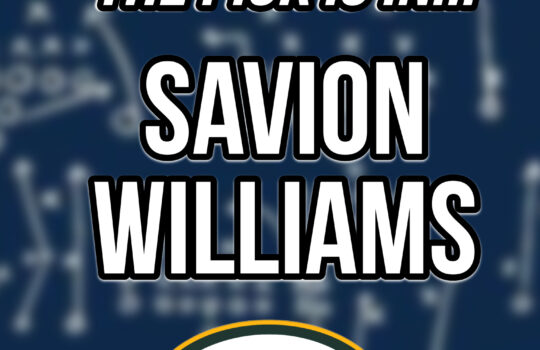
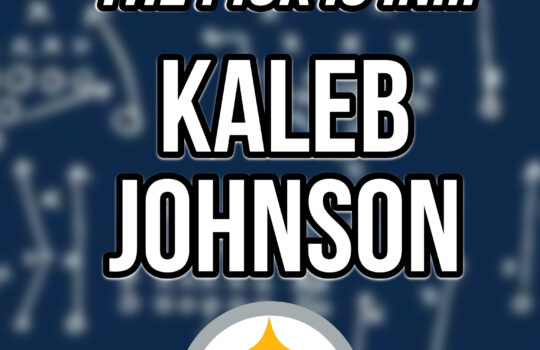

 New York Jets
New York Jets  New England Patriots
New England Patriots  Miami Dolphins
Miami Dolphins  Buffalo Bills
Buffalo Bills  Pittsburgh Steelers
Pittsburgh Steelers  Cleveland Browns
Cleveland Browns  Cincinnati Bengals
Cincinnati Bengals  Baltimore Ravens
Baltimore Ravens  Tennessee Titans
Tennessee Titans  Jacksonville Jaguars
Jacksonville Jaguars  Indianapolis Colts
Indianapolis Colts  Houston Texans
Houston Texans  Las Vegas Raiders
Las Vegas Raiders  Los Angeles Chargers
Los Angeles Chargers  Kansas City Chiefs
Kansas City Chiefs  Denver Broncos
Denver Broncos  Washington Commanders
Washington Commanders  Philadelphia Eagles
Philadelphia Eagles  New York Giants
New York Giants  Dallas Cowboys
Dallas Cowboys  Minnesota Vikings
Minnesota Vikings  Green Bay Packers
Green Bay Packers  Detroit Lions
Detroit Lions  Chicago Bears
Chicago Bears  Tampa Bay Buccaneers
Tampa Bay Buccaneers  New Orleans Saints
New Orleans Saints  Carolina Panthers
Carolina Panthers  Atlanta Falcons
Atlanta Falcons  San Francisco 49ers
San Francisco 49ers  Seattle Seahawks
Seattle Seahawks  Los Angeles Rams
Los Angeles Rams  Arizona Cardinals
Arizona Cardinals 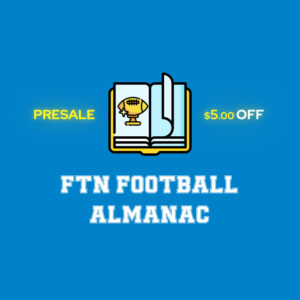
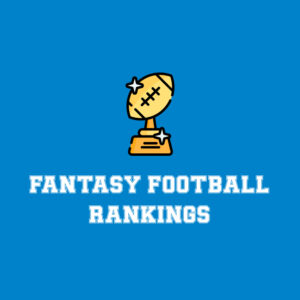
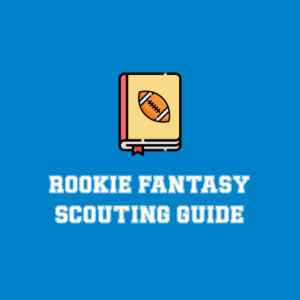
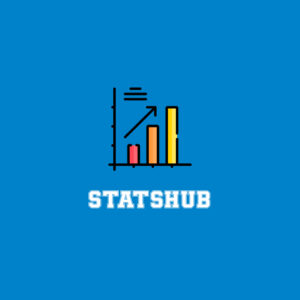

 Boston Celtics
Boston Celtics  Brooklyn Nets
Brooklyn Nets  Philadelphia 76ers
Philadelphia 76ers  New York Knicks
New York Knicks  Toronto Raptors
Toronto Raptors  Chicago Bulls
Chicago Bulls  Detroit Pistons
Detroit Pistons  Milwaukee Bucks
Milwaukee Bucks  Cleveland Cavaliers
Cleveland Cavaliers  Indiana Pacers
Indiana Pacers  Orlando Magic
Orlando Magic  Atlanta Hawks
Atlanta Hawks  Charlotte Hornets
Charlotte Hornets  Miami Heat
Miami Heat  Washington Wizards
Washington Wizards  Denver Nuggets
Denver Nuggets  Minnesota Timberwolves
Minnesota Timberwolves  Oklahoma City Thunder
Oklahoma City Thunder  Portland Trail Blazers
Portland Trail Blazers  Utah Jazz
Utah Jazz  LA Clippers
LA Clippers  Golden State Warriors
Golden State Warriors  Los Angeles Lakers
Los Angeles Lakers  Phoenix Suns
Phoenix Suns  Sacramento Kings
Sacramento Kings  Dallas Mavericks
Dallas Mavericks  Houston Rockets
Houston Rockets  Memphis Grizzlies
Memphis Grizzlies  New Orleans Pelicans
New Orleans Pelicans  San Antonio Spurs
San Antonio Spurs 
